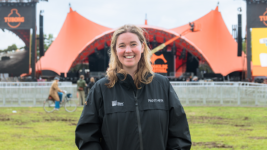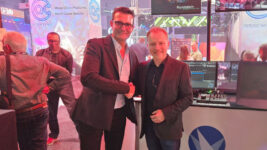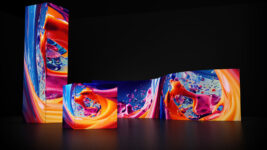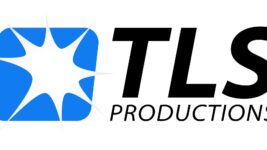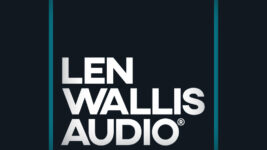BOOK REVIEW
27 Aug 2024
Lighting for Televised Live Events
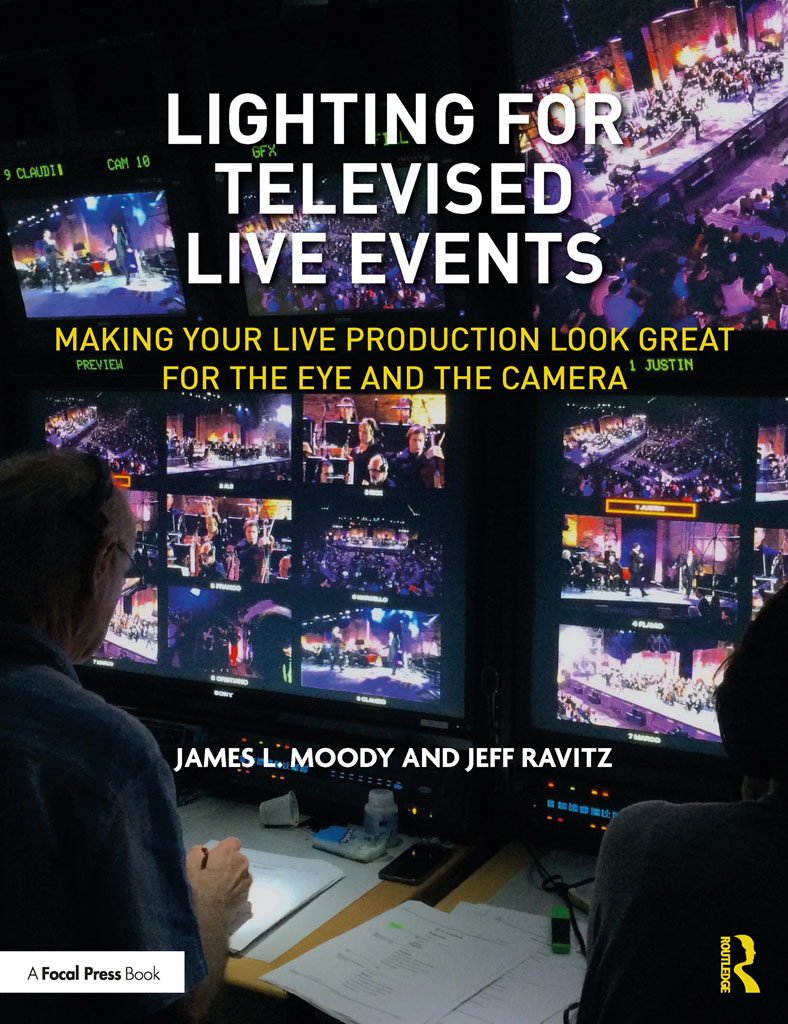
Subscribe to CX E-News
by James L. Moody and Jeff Ravitz
Lighting for Televised Live Events – Making your live production look great for the eye and the camera, is a book on just that: lighting live events to a camera and to a live audience. The book dives into detail on the relevant concepts that can be found in the intersection between lighting and camera, such as colour temperature, dynamic range, angles, f-stops and contrast, just to name a few. The book is 156 pages long, is divided into four parts, with 21 chapters.
Who is the book for?
This book is for a lighting designer or operator who wants to learn how to light for camera. The way the industry is going, this will soon be a book for all lighting designers and operators.
Who might benefit from reading this book?
Anyone involved or invested in the relationship between a lighting designer and operator and a camera operator and director; a lighting person looking for a bit of an insight into what a camera operator or a camera director is looking for in order to get their shots. Conversely, a camera operator or director interested in learning about a few of the concepts and tools available to the lighting team. A technical director who needs to balance the competing needs of a show looking good for camera and for a live audience.
Who is this book not for?
Anybody not involved in the relationship between camera and TV lighting. Basically, team audio and anybody involved in a field where cameras are not used.
What I liked about the book
My favourite chapter of the book was chapter 10 – Aesthetics: Style and Taste, closely followed by chapter 6: Colour and Colour Temperature. The book was written by two very knowledgeable authors. Personally, I really appreciated that they took the time to go through some of the more basic camera concepts such as exposure and depth of field.
How I think the book could have been better
As mentioned above, my favourite chapter was chapter 10. The downside to this was that the chapter was only four pages long. I felt like the reader really could have gotten more out of the book had this been expanded upon. I get that good, televised lighting is very much a subjective thing and an art form, however I feel like there could have been a ‘cheat sheet’ of sorts at the back of the book for those after a quick reference. I think the photos in the book needed to be colour, not black and white, especially since a lot of the photos were discussing lighting angles.
Rating
Readability: 8/10
The book was very easy to read. Part of that could have been my interest in the topic. I got through the whole book in four sittings. The chapters were also short which made the content much easier to digest. The book was well written, to the point, and flowed quite easily despite talking about a rather technical subject.
Supporting materials: 5/10
There was not a whole lot in the way of supporting materials. There were a few diagrams that were helpful in explaining concepts. The photos in the book would have been much more useful if they were printed in colour, not black and white.
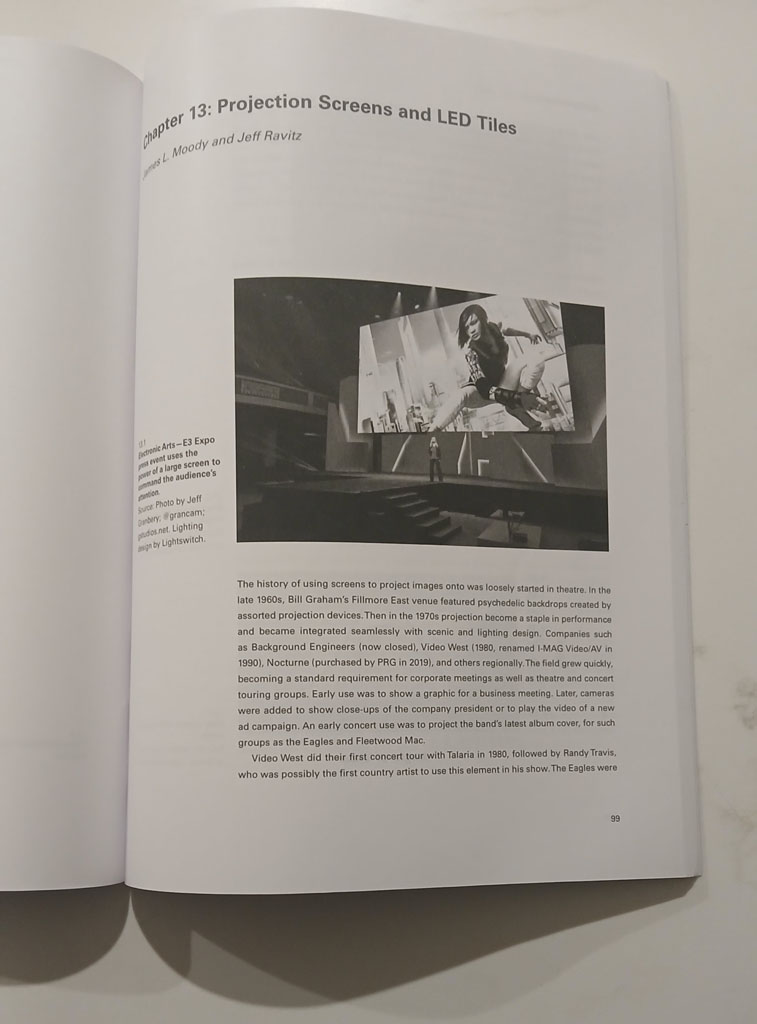
Relevance: 8/10
Very relevant. Cameras are popping up everywhere for live events, and have extended well past TV and dedicated camera shoots. We have IMAG at nearly all corporate events and we are even seeing festivals and theatre shows lit for camera. This book goes into all of this. I do like that the authors take the effort to cover the camera part as well as the lighting side.
Usefulness: 7/10
I found this book very useful. It would have scored higher if there was a reference, summary, and cheat sheet at the back for someone who has read the book and is putting it into practice. While it is a good book to read and learn something from, it is also a book you would refer back to. Definitely a book to have your own copy of.
Value for money: 10 /10
Lighting for camera is fast becoming commonplace in our industry. We are well on our way to a place where the knowledge in this book will be essential knowledge for any lighting designer or operator – core curriculum, if you will. To own a book, written by two experts, in a fast growing field, for under $60, reads as excellent value in my books.
Total: 38/50: 4 stars
About the Authors
James L. Moody
James L. Moody was the Head of the Technical Theatre Program, Technical Director, and Lighting Designer for The Theatre Academy at Los Angeles City College (A Professional Conservatory Program). Considered one of the founders of concert lighting, he received the first Concert Lighting Designer of the Year award from Performance magazine in 1980.
Jeff Ravitz
Jeff Ravitz is a lighting designer, lecturer, and writer specialising in live entertainment and events being captured for television broadcast and streaming. He was awarded the Primetime Emmy for his lighting of Bruce Springsteen & the E Street Band: Live in New York City on HBO, and was previously nominated for Cher’s Extravaganza: Live at the Mirage. He has also received 10 regional Emmys and four Telly Awards for television designs, and was named a Parnelli Lighting Designer of the Year.
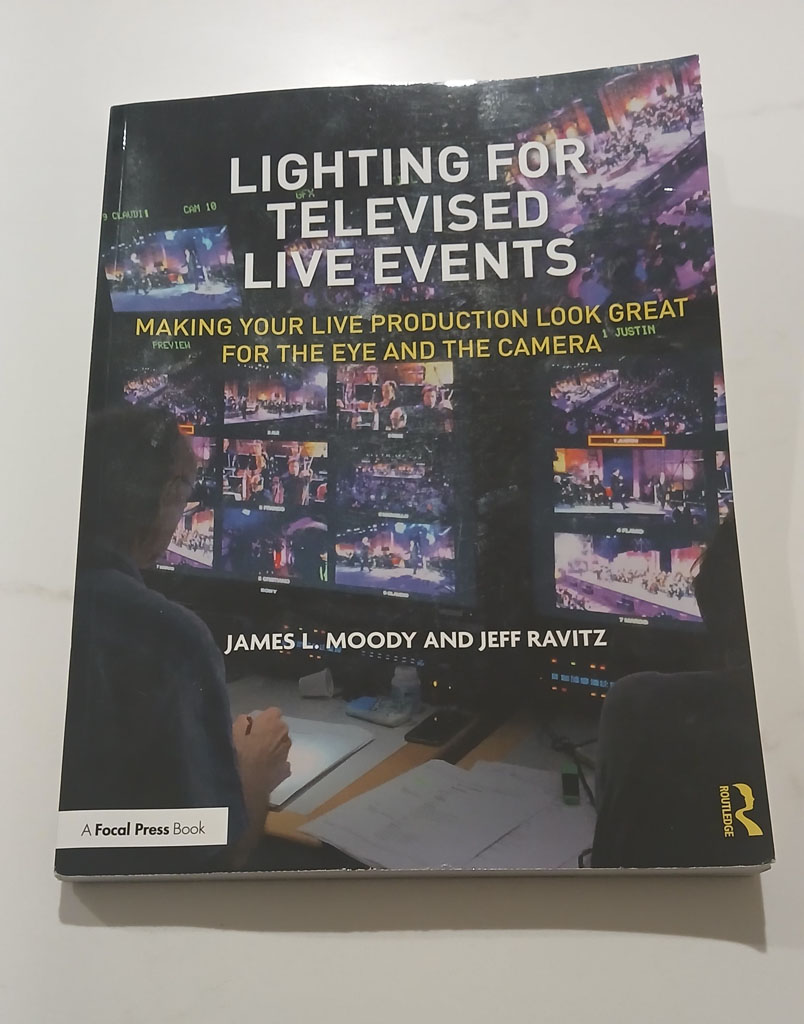
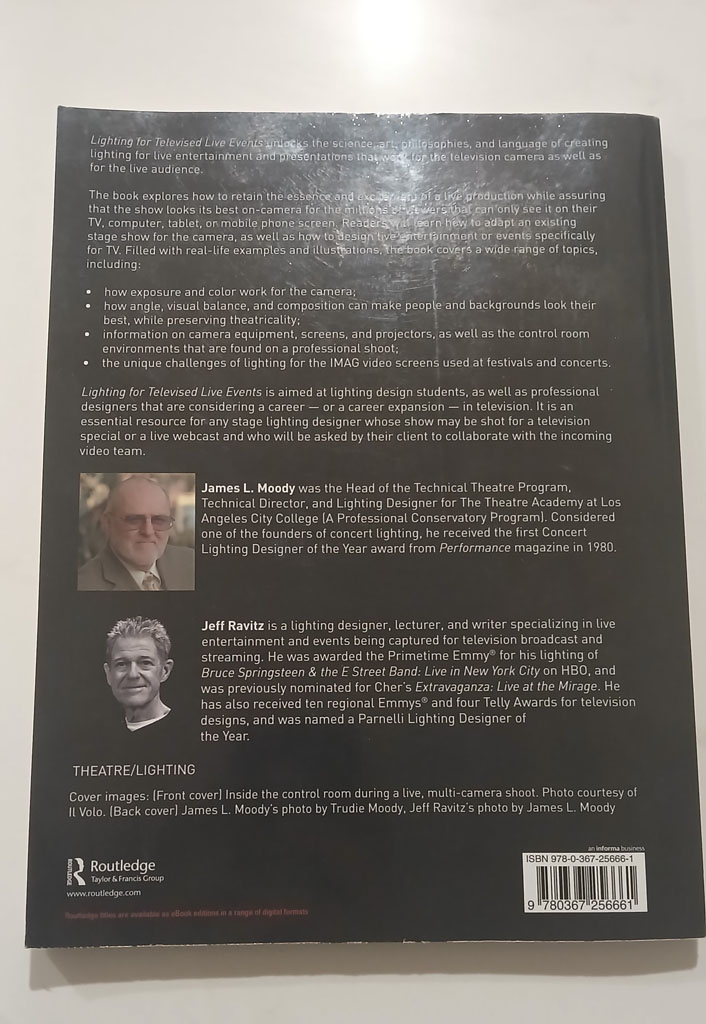
Subscribe
Published monthly since 1991, our famous AV industry magazine is free for download or pay for print. Subscribers also receive CX News, our free weekly email with the latest industry news and jobs.

